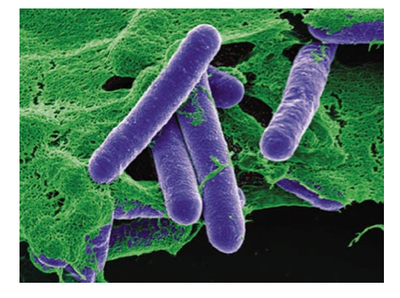Popular Source #1:
Monks, Keiron.2014. “Forget Wearable Tech, Embeddable Implants are Already Here.” CNN, April 9. Accessed October 22, 2017.http://www.appcessories.co.uk/implantable-wearables/
This article is written by Keiron Monks, a general contributor to the online print posted by CCC. A bit of delving into other articles written by him shows a left-leaning tendency in his work, however, this particular article seems devoid of personal opinions by the author.
This piece focuses on the community known as biohackers, a community of citizen scientists with the mission of hacking their own biology, to “gain control of systems in your body that you would never have access to” through the implementation of wearable tech. Presently, at the time this article was posted, magnets and microchips were standard implants to be found within members of this community, whether for aesthetic or practical purposes, but these implants have been growing in complexity and ability to fulfill practical applications.
Popular Source#2:
Unknown, Daniel.2015. “Top 15 Implantable Wearables That Will Change Our Lives.” appcessories, December 2. Accessed October 22, 2017. http://www.appcessories.co.uk/author/daniel/
This article is written by resident editor in chief of the Appcessories Blog “Daniel” about whom we know nothing more than that. This piece serves as a brief argument that the future of technology is not in wearables but in implantable technology, before launching a numbered list of where this author believes the most relevant movements in this space will occur. Some examples are neural implants for the military, sponge-like implants for cancer cell detection, and the implanting of stretchy wireless materials capable of reducing pain.
Scholarly Article #1:
Andreu-Perez, Javier, Daniel R. Leff, and Guang-Zhong Yang. 2015. “From Wearable Sensors to Smart Implants–Towards Pervasive and Personalized Healthcare.” IEEE Transactions on Biomedical Engineering 62, no. 12 (April 15): 2750 – 2762. Accessed October 22, 2017. doi: 10.1109/TBME.2015.2422751
All authors for this academic journal hail from the Imperial College of London, from which each of these contributors has published numerous articles before all pertaining to deep knowledge obtained from tech and its potential implications for health.
This paper discusses the evolution of personalized healthcare from its inception with wearable technologies which allowed for activity recognition to the future of this space, which lies in the implant of these sensors for more and better data. The focus of the health prerogative has moved away from reactive in the favor of proactive; preventative, predictive, personalized, and participatory medicine are the future. in the words of the declared significance of this paper: “The sensing technologies discussed in this paper and their future evolution will play a key role in realizing the goal of sustainable healthcare systems.”
Scholarly Article #2:
Kauper, Konrad, Cahil McGovern, Sandy Sherman, Pam Heatherton, Rob Rapoza, Paul Stabila, Brenda Dean, Alice Lee, Suzanna Borges, Bruce Bouchard, Weng Tao. 2012. “Two-Year Intraocular Delivery of Ciliary Neurotrophic Factor by Encapsulated Cell Technology Implants in Patients with Chronic Retinal Degenerative Diseases.” Investigative Ophthalmology & Visual Science 53, no.12(November 12): 7484-7491. doi:10.1167/iovs.12-9970
This article sought to evaluate the effectiveness of a delivery over a period of up to 2 years of medication dispensed from an implanted, encapsulated technology within the eye to treat a retina degenerating disease. The implantation of the NT-501 capsule produced a consistent dosage of the medication throughout the 2-year period, and ultimately this method of treatment proved more effective for the treatment of this disorder than other systematic exposures to medications. This case study gives evidence that the implantation of a device which provides proper dosages of medications may be effective in the treatment of particular disorders.

